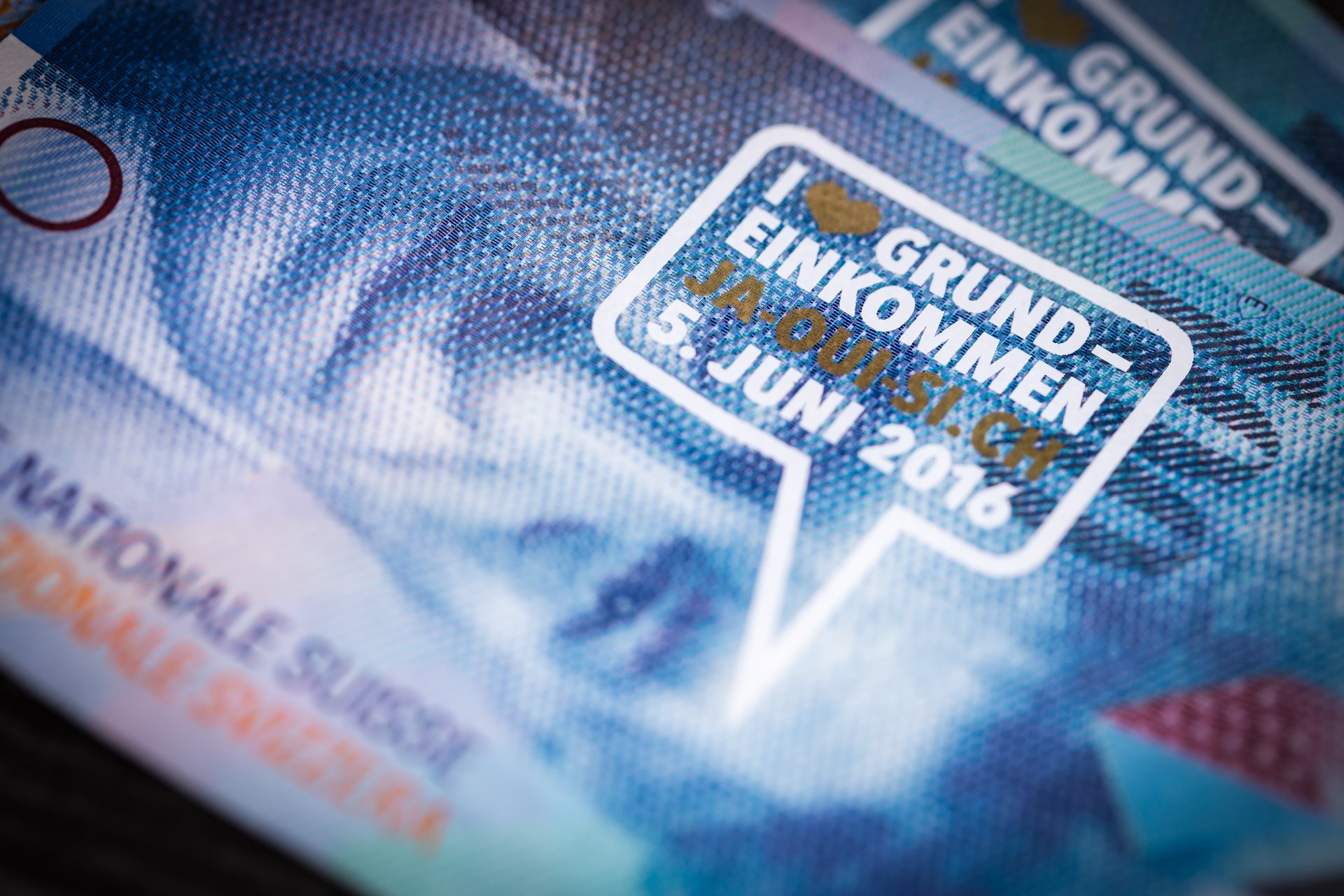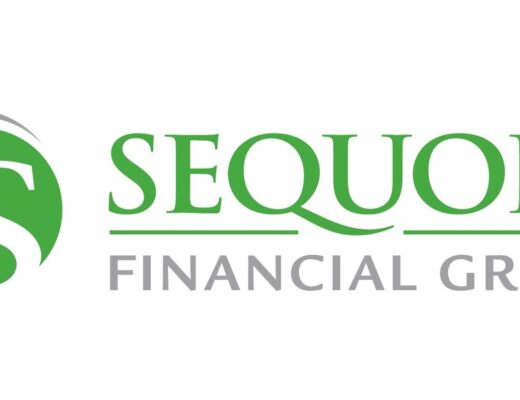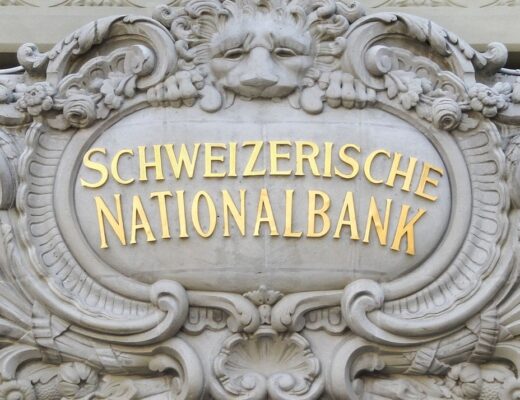Swiss Central Bank concerned about the rapid rise in the value of the franc
The Swiss Central Bank is reviewing its policy, the reason for such changes is the rapid rise in the value of the franc. Against the backdrop of the current situation in the world, the national currency of the country has almost caught up with the euro. In order to strengthen control, the central bank expresses its willingness to support the currency market. At the same time, the regulator’s management notes that negative interest rates will remain unchanged for the time being.
Sanctions imposed by several countries have caused a wave of economic fluctuations that caught up with the Swiss franc. The currency broke a new record, reaching the highest level since 2015. At that time the reason for the rise in price was the abolition of restrictions on the strengthening of the franc against the euro.
Switzerland is not part of the EU but is a key trading partner. Last year, the country exported goods to the EU a total of 108 billion euros. The main products are medical products, a variety of tools, chemicals, watches, and cars. The Central Bank notes an increase in inflation, primarily the cost of raw materials and food. However, experts promise that in the near future the inflation rate, which is observed in the global market, will stabilize, and then we can expect its decline to the optimal level.
The Central Bank notes an increase in inflation, primarily the cost of raw materials and food. However, experts promise that in the near future the inflation rate, which is observed in the global market, will stabilize, and then we can expect its decline to the optimal level.
Negative interest rates will continue to operate in Switzerland, representatives of the Central Bank promise that the decision to change should be made consciously and take into account all factors. Negative rates will be canceled when necessary.
The National Bank of the country has a special status, although it is a joint-stock company. Its shareholders are the confederation and the cantons. The bank was founded in 1906 but began full operation in 1907.
The regulator has two main offices in Bern and Zurich.
The central bank is responsible for printing banknotes and the mint is responsible for issuing coins. The regulator has more than 1,040 tons of gold reserves, with 70% of this amount held in the country and the rest in banks in England and Canada.
The Swiss Central Bank forms its balance sheet, taking into account price changes in gold, so its rate has a direct impact on the profit of the bank. For example, in 2013 there was a sharp drop in the value of precious metals. As a result, the regulator refused to pay dividends for the first time in its history.
The central bank regularly increases its foreign currency reserves, and to reduce risks it invests assets in various areas. About 70% of investments are in the government loan sector, 20% go to the purchase of shares, the rest – in other options. An important point for the Swiss central bank is to comply with the rules of passive investment, which is expressed in an increase in the purchase of securities.










